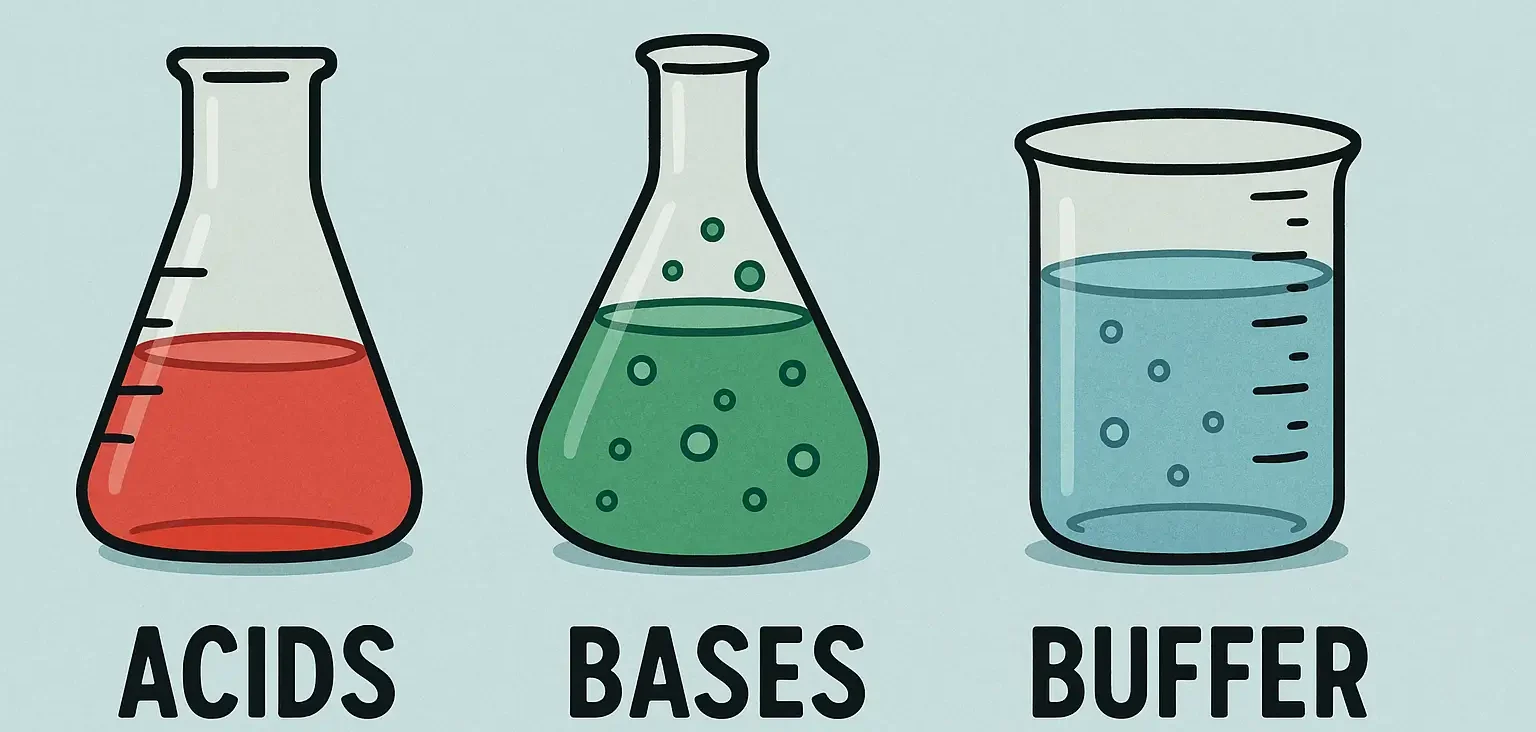Buffers in pharmaceutical systems
Buffers in pharmaceutical systems play a crucial role in maintaining the stability, efficacy, and safety of pharmaceutical products by controlling pH levels. Importance of Buffers in Pharmaceutical Systems 1) pH Control: Buffers maintain consistent pH levels, affecting drug stability, solubility, and absorption. 2) Stability: Many drugs degrade or precipitate with pH fluctuations. Buffers prevent this … Read more



